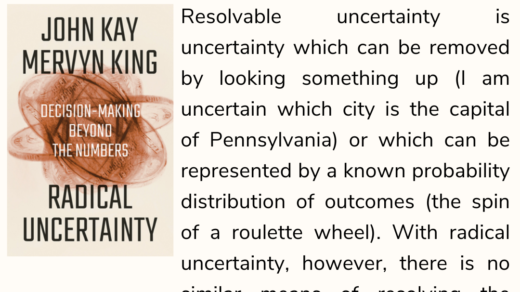SpaceX shouldn’t worry, Sarsfield wrote; there would be other contracts coming. But that only made Musk angrier, and more determined. Like Andy Beal, he felt that NASA’s role wasn’t to prop up chosen companies. Competition would promote better and safer technologies, at lower costs. This was an old-boys network, and he wanted in—or to smash it. Musk took his complaint to top NASA officials, and in a meeting at NASA headquarters in Washington, threatened to file a legal challenge over the no-bid contract with the Government Accountability Office (GAO). His colleagues warned him that it was not a smart business decision to threaten an agency that could make or break SpaceX. At the meeting, NASA officials intimated that a lawsuit would not be in SpaceX’s best interests. If Musk sued, they might never work with him. “I was told by everyone that you do not sue NASA,” Musk recalled. “I was told the odds of winning a protest were less than ten percent, and you don’t sue your potential future customer. I was like, look, ‘This is messed up. This should have been a competed contract, and it wasn’t.’” It was a simple matter of right and wrong, though that logic didn’t always appease the executives who’d have to be the ones to work with NASA. “Being the customer relationship person, I was always very worried about that,” said Gwynne Shotwell, who would become SpaceX’s president and chief operating officer. “But Elon fights for the right thing. And he says if people are going to get offended by you fighting for the right thing, then they are going to get offended.” From the beginning, SpaceX’s mantra was to “set audacious, nearly impossible goals and don’t get dissuaded. Head down. Plow through the line. That’s very SpaceX,” she said. “That’s kind of the deal.” Musk exuded swagger and confidence, and it spread to his employees. “SpaceX is a place where you get to be mouthy,” Shotwell said. “You get to express your opinion. You get to push really hard.” Still, Lawrence Williams, one of the few people SpaceX had in Washington to work government relations, got the message and emerged shaken from the meeting at NASA. He had spent most of his career in Washington, and had worked on the Hill as an aide on the House Science, Space, and Technology Committee. The message from NASA was clear, he said: “Elon, if you pursue this, you will lose and likely never do business with NASA.” But Musk was unfazed. “He didn’t even blink,” Williams said. “Despite everyone’s stern warnings, Elon didn’t hesitate to sue the entity he wanted as our customer more than any. In my twenty-plus years in Washington, I never witnessed anyone with more conviction and confidence, who never hesitated to risk it all for something he believed.” Head down. Plow through the line. In its suit, SpaceX even included Sarsfield’s e-mail as evidence that the contract was to help save Kistler. “This goes to show you the way Elon plays ball,” Williams said. “He files as a part of the government contract protest the e-mail from Liam Sarsfield, who was then probably our only friend at NASA, saying that ‘this was a life preserver to Kistler—and don’t worry; we’ll try to do something to help you out down the road.’”
As someone who used to spend hours reading about space in the library, this book was a really good one! One of the key messages I noticed that the author was trying to indicate was how government agencies in general, and in this case, NASA, can eventually be plagued down by legacy relationships, contracts or capabilities and be unable to function as effectively as the new “startups” such as SpaceX or Blue Origin.
This was an interesting passage that reflected more light on Musk’s journey early on in SpaceX, and how they were once the new upstarts coming in and trying to break down a network of old boys. It also reflects probably a universal behaviour of all businesses and governments, that newer innovations or ideas would sometime have to deal with higher barriers of entry due to decades of legacy.


